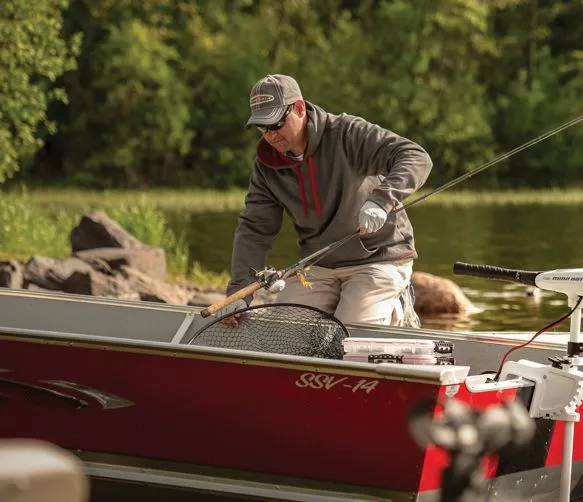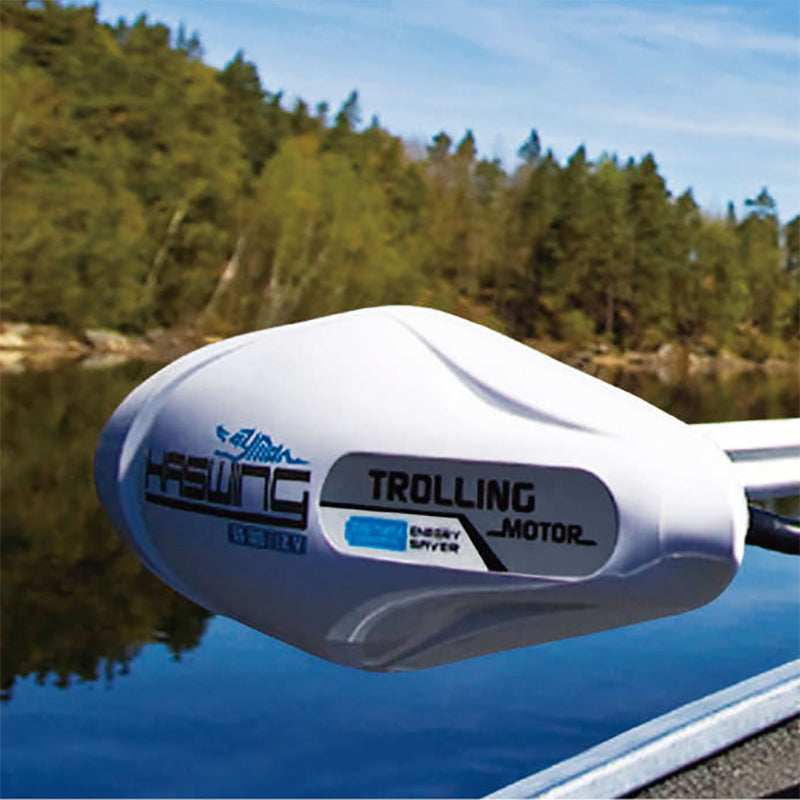I've been kayaking for years, and let me tell you - adding a motor to your kayak is a game-changer! But with great power comes great responsibility. After a few close calls in my early days of motorized kayaking, I've learned that safety isn't just a suggestion - it's absolutely essential.
Understanding Your Motorized Kayak Setup

When I first installed a motor on my kayak, I made the rookie mistake of thinking it was just a simple "plug and play" situation. Boy, was I wrong! Your motorized kayak is a complex system that demands respect and understanding. The motor, battery, and mounting system all work together, and knowing how they interact is crucial for safe operation.
The most important thing I've learned is that different motors have different power ratings and weight distributions. For instance, my first 12V trolling motor was perfect for my 12-foot kayak, but when I tried using a more powerful motor, it completely threw off the balance. Through trial and error, I've discovered that matching your motor to your kayak's specifications isn't just about performance - it's about staying safe on the water.
You'll want to carefully check your kayak's weight capacity and subtract your body weight, gear, and the motor's weight to ensure you're within safe limits. I once ignored this calculation and ended up with a precariously tippy kayak that made every wave feel like a potential disaster. Trust me, that's not a situation you want to find yourself in!
Essential Safety Equipment and Checks

After a particularly scary incident where my battery died mid-trip, I learned to never skimp on safety equipment. Now, my pre-launch checklist is absolutely non-negotiable. Before every single trip, I inspect the motor mount for any loose bolts or signs of wear. It's amazing how many times this simple check has prevented potential problems!
Weather-resistant battery connections are absolutely crucial - I learned this the hard way after salt water corroded my terminals during a coastal trip. Now I always use marine-grade connections and keep them well-maintained. And speaking of batteries, I always pack a backup battery and basic tools. The one time you don't bring them is guaranteed to be the time you need them most!
The most vital pieces of safety equipment include a well-fitting life jacket (not just any old PFD will do), a whistle or horn for signaling, and a waterproof phone case. I also keep a small emergency kit with basic first aid supplies and repair tools. After getting stranded once due to a minor mechanical issue, I never go out without these essentials.
Navigation and Operational Guidelines
Operating a motorized kayak requires a whole different skill set compared to traditional paddling. The added speed and power mean you need to be extra vigilant about your surroundings. I always maintain a safe distance from other boats, swimmers, and obstacles - a rule that's saved me from countless close calls.
Weather awareness becomes even more critical with a motorized kayak. I use multiple weather apps and always check marine forecasts before heading out. Strong winds can quickly create challenging conditions, especially when you're dealing with both motor power and wave action. I've learned to respect weather warnings the hard way - getting caught in a sudden squall isn't fun when you're managing both paddle and motor!
Understanding your local waterway regulations is absolutely essential. Different areas have different rules about motorized vessels, and I've found that many places require additional permits for motorized kayaks. Always check local regulations and obtain necessary permits before launching. I once had to cut a trip short after learning the hard way that motors weren't allowed in a particular area.
Emergency Procedures and Troubleshooting
When things go wrong on the water, they tend to go wrong quickly. That's why having a clear emergency plan is crucial. I always carry a paddle as backup - your motor might fail, but good old arm power never runs out of battery! Learning to quickly switch between motor and paddle power can be a real lifesaver in emergency situations.
The most common issues I've encountered are battery-related. Always monitor your battery life and have a clear "turn-around point" based on power consumption. I use the "rule of thirds" - one-third power for the trip out, one-third for the return, and one-third as emergency reserve. This has never failed me, even when fighting unexpected currents or winds.
Know how to handle motor failure scenarios. Practice switching to paddle power while maintaining stability. I also recommend learning basic motor troubleshooting - sometimes it's as simple as checking connections or clearing debris from the propeller. Just remember to always turn off the motor before attempting any maintenance!
Conclusion
Motorized kayaking opens up incredible possibilities for exploration and adventure, but it requires respect, knowledge, and preparation. By following these safety measures and continuously learning from experience, you can enjoy all the benefits of motor power while staying safe on the water. Remember, the best adventures are the ones that end with everyone safely back on shore!
Don't forget to regularly update your safety knowledge and equipment, and always err on the side of caution when conditions are questionable. Your safety and the safety of others on the water should always be your top priority. Happy kayaking!

